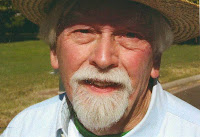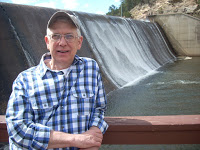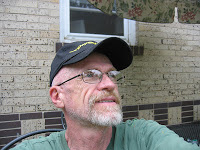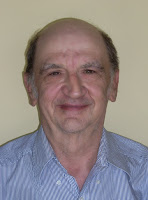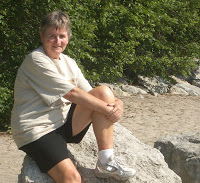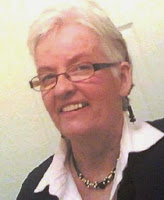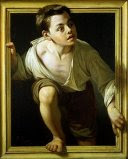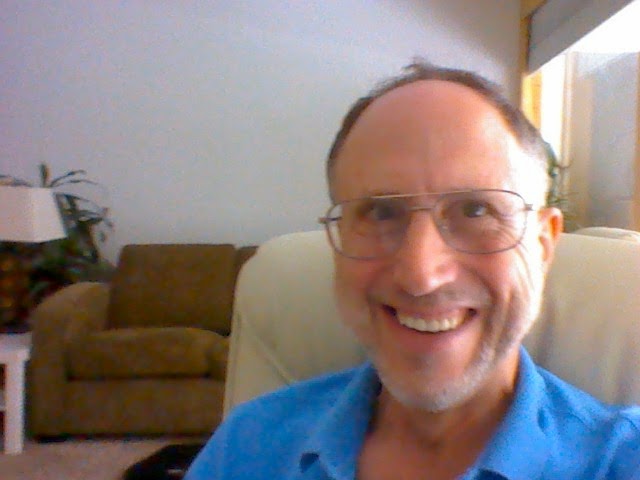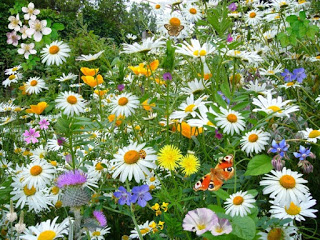Seeds are in the soil. Some are purposely planted and some arrive at their location via the whims of Mother Nature. All of them only need sunshine and water to germinate. If the top soil is rich in nutrients, the germinated seeds grow into wonderful specimens of whatever plant the internal DNA guides them to become, whether tree, garden or wild flower, provender, forage, or weed. If the top soil is thin, parched, and poor in nutrients, the germinated seeds only grow into a shadow of what the rich top soil plants achieved.
The cut flower arrangements people buy and send to funeral services are beautiful, colorful, and represent love and
sympathy for the deceased and family members. But the flowers soon lose their glory and beauty as they rapidly fade and wither away, revealing their true identity as being like a whited sepulcher on the outside, but inside being filled with dead men’s’ bones.
So also, are the cut (and therefore – dead) flowers symbolic
of words of love and promises that all too often fade with the withering flowers, thrown out with the trash, and are remembered no more. Better to show love daily with words and deeds of love rather than giving one’s cherished companion dead things to throw away.
People are like flowers. When human seedlings begin to grow in a liquid environment and fed healthful nutrients, the child gets a good start in life. If the parents keep nurturing the child physically and mentally through to adulthood, society will have many mighty oak trees to keep society strong – many willow trees whose flexibility to bend will help society to weather tough and challenging times – many giant sequoias to provide awe, reflection, and respect for all things older than present society. Those children whose parents are not
able to richly nurture, will perchance, grow to be the lesser plants of society being sheltered and protected by the trees. Most of these lesser plants will be garden or wild flowers bringing to society much colorful beauty and variety – unfortunately, some will become weeds.
I am like a perennial flower, trying to blossom every year. Some years I am in rich soil and blossom bright and beautiful. Other years, I am in poor soil and present dull and wilted foliage.
I began life in what to me seemed like fertile, if not rich topsoil. I did not know of any toxicity in my environment. Dad and mom bought a nearby café for my mother to own, work in, and run. Once that was stabilized, I was sent to live in Minnesota with my grandparents – another fertile topsoil location.
I was never bullied in schools. Of course, the Minnesota kids teased me about my California accent, but also became friendly because of it. The accent disappeared during the two school years I was there. When I returned to California with my mom and step-dad, the California kids teased me due to my Minnesota accent, but also became friendly because of it.
As the years came and went, I continued to blossom strong or weak depending upon the soil I was in. When my wife passed away, I was in rich soil but could not or maybe would not partake of the nutrients available. I was an oak tree for my children, but inside I was a weeping willow. After 9-years I finally began to live again when I met 4-men who collectively filled the hole in my heart left by my departed spouse.
Then in 2014 Stephen was diagnosed with leukemia and given 6 to 18 months to live. In December of 2014, Stephen was hospitalized for about a week with 0-blood platelets but treatment for I.T.P. was “successful” so he could go home, but with weekly monitoring. During the next 2-years, Stephen’s blood platelets varied between 110K and 50K on any given weekly test – more or less stable.
Just like with my wife, I had put the possibility of death out of my conscious mind.
In October 2016, three days after taking the Kaiser recommended flu immunization, Stephen’s immune system went berserk. His downward slide to the end began relatively slowly but increased in speed. Of all his friends that I am aware of, I was the only one who had the time and freedom to be with him during this period. On December 11th, Stephen entered the hospital for the last time.
One by one, the doctors tried many treatments, some overlapping. One by one the treatments failed to stop the internal bleeding. I chose to be an oak tree for Stephen while there was still hope but sometime before the 31st, I lost all hope but still remained outwardly an oak tree for Stephen. But my blossoms faded and began to wilt.
On the evening of the 31st, Stephen had given up hope. Myself and his niece Kathy, convenience him to not say anything to the doctors until the morning to see if the latest effort to stop the bleeding had worked. The morning came and with it the doctors. The latest effort did not work. Stephen told the doctors to stop all treatment and revoked his “do not resuscitate” instructions. He was told that in doing so, he would probably die before the next morning. At this point, I became outwardly a weeping willow and spent the majority of my time that day holding Stephen’s hand or arm and rubbing his thigh right up to the end at 10:34pm, 1 January 2017. It was the worst way to start a new year.
After a short while, a gentleman came in to discuss miscellaneous things that Kathy, the only relative present, needed to know and to answer her questions. I was sitting on the couch by the window facing the room door and the others were sitting in a semi-circle facing me. After losing interest in the discussion and spending most of my time looking at Stephen, I noticed that no one had done what they usually do in the movies I have seen. So, I said, “I’m tired of this.”, got up walked over to Stephen’s bed. I reached out and shut his eyes (Yes. You actually can do that.) and then pulled the sheet over his head.
About half an hour later, I was just finishing packing up my things when all the others left the room and started walking down the hall. I finished packing my bag, walked over to Stephen, lifted the sheet, kissed him on the forehead, said goodbye, re-covered his face, and walked out closing the door behind me. That was the last time I saw Stephen.
I have had holes punched in my heart four times in my life. There have been more family deaths, but only four deaths punched holes. I am tired of having holes in my heart. My blossoms are dull and wilting as a result.
It may take a village to raise a child, but it takes a forest to protect the flowers of society. We need more forests and flowers. I need more forests and flowers.
© 12 February 2017
About the Author
I was born in June of 1948 in Los Angeles, living first in Lawndale and then in Redondo Beach. Just prior to turning 8 years old in 1956, I began living with my grandparents on their farm in Isanti County, Minnesota for two years during which time my parents divorced.
When united with my mother and stepfather two years later in 1958, I lived first at Emerald Bay and then at South Lake Tahoe, California, graduating from South Tahoe High School in 1966. After three tours of duty with the Air Force, I moved to Denver, Colorado where I lived with my wife and four children until her passing away from complications of breast cancer four days after the 9-11 terrorist attack.
I came out as a gay man in the summer of 2010. I find writing these memories to be therapeutic.
My story blog is TheTahoeBoy.Blogspot.com
